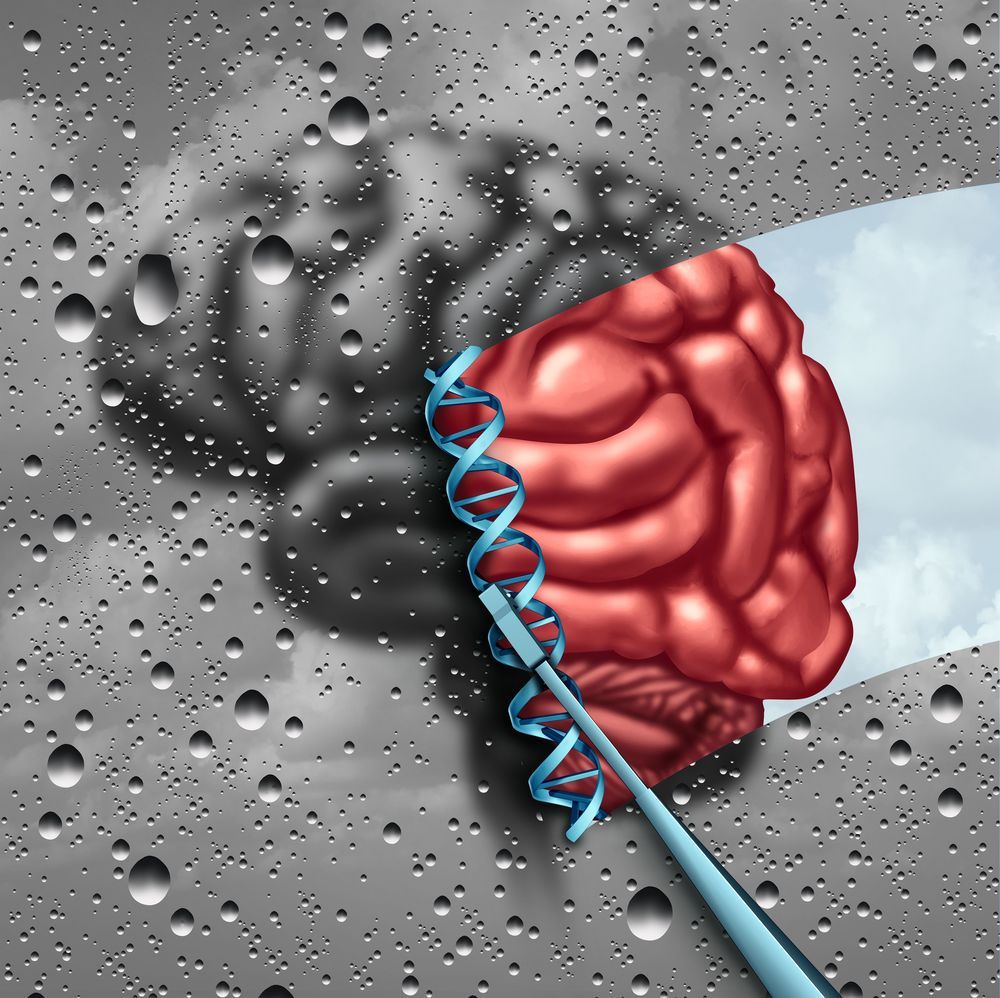Category: neuroscience – Page 1,009
Freeman Dyson (Scientist)
Abstract: We know that creatures like us have two separate systems for processing information, the genome and the brain. We know that the genome is digital, and we can accurately transcribe our genomes onto digital machines. We cannot transcribe our brains, and the processing of information in our brains is still a great mystery. I will be talking about real brains and real people, asking a question that will have practical consequences when we are able to answer it. I am not able to answer it now. All I can do is to examine the evidence and explain why I consider it probable that the answer will be that brains are analog.
Prof Freeman Dyson | “Are Brains Analogue or Digital?” | 19th May 2014 — Dublin Institute for Advanced Studies, Statutory Public Lecture of the School of Theoretical Physics, in association with the UCD School of Physics.
*****
Dublin Institute for Advanced Studies: http://www.dias.ie
UCD School of Physics: http://www.ucd.ie/physics
UCD: http://www.ucd.ie
UCD Twitter: http://www.twitter.com/ucddublin
UCD Instagram: http://www.instagram.com/ucddublin
UCD Facebook: http://www.facebook.com/ucdlife
UCD Google+: https://plus.google.com/+universitycollegedublin

The Physics of God: Unifying Quantum Physics, Consciousness, M-Theory, Heaven, Neuroscience and
What if god was literally real. Let’s just posit that instance. What if a type 7 civilization existed. What if the realm of impossibility of dream existed. I think if a realm of impossibility existed it have literal physics. This book talks about this real instance of possible impossibility. What if water into wine literally happened it would have a literal physics. In the realm of science of the impossible there could have a literal scientific proof that a chimp with god like powers did exist that essentially maybe it prove of a being that has impossible abilities. Some even posit that god is an alien perhaps. That the universe is a sandbox for us to live much like a video game is. That the vast expansion of this bubble universe with its realm of physics that has near endless possibilities stands to reason of a creator that has made those to be. That it is not just farming we do on earth but rather something different that even in a grain of sand there is infinite possibilities because essentially it was manufactured by a god like being that physically existed. This could rewrite the history books even proving that god does exist as an actual being of immense abundance and power. M theory would solve the questions we all hold dear that the secrets of the universe may be hidden in m theory.
Setting aside the pervasive material bias of science and lifting the obscuring fog of religious sectarianism reveals a surprisingly clear unity of science and religion. The explanations of transcendent phenomena given by saints, sages, and near-death experiencers—miracles, immortality, heaven, God, and transcendent awareness—are fully congruent with scientific discoveries in the fields of relativity, quantum physics, medicine, M-theory, neuroscience, and quantum biology.

Building a Computer Like Your Brain
Our brain has 86 billion neurons connected by 3 million kilometers of nerve fibers and The Human Brain Project is mapping it all. One of the key applications is neuromorphic computing — computers inspired by brain architecture that may one day be able to learn as we do.
#BloombergGiantLeap #Science #Technology
——-
Like this video? Subscribe to Bloomberg on YouTube: https://www.youtube.com/Bloomberg?sub_confirmation=1
Bloomberg is the First Word in business news, delivering breaking news & analysis, up-to-the-minute market data, features, profiles and more: http://www.bloomberg.com
Connect with us on…
Twitter: https://twitter.com/business
Facebook: /redirect?v=Za21GOxVh18&redir_token=wTy_d5doeYpkktaDTR-C5Z5-KKB8MTU3MzIwMDIwMUAxNTczMTEzODAx&q=https%3A%2F%2Fwww.facebook.com%2Fbloombergbusiness&event=video_description
Instagram: /redirect?v=Za21GOxVh18&redir_token=wTy_d5doeYpkktaDTR-C5Z5-KKB8MTU3MzIwMDIwMUAxNTczMTEzODAx&q=https%3A%2F%2Fwww.instagram.com%2Fbloombergbusiness%2F&event=video_description
Twitter: https://twitter.com/business
Facebook: https://www.facebook.com/bloombergbusiness
Instagram: https://www.instagram.com/bloombergbusiness/


Adjusting Gut Bacteria to Combat Cognitive Decline
A new paper explores adjusting the types of bacteria in the gut as a potential way to improve health in older people.
The microbiome
The gut microbiome is a fascinating and diverse ecosystem filled with a myriad of bacteria, archaea, protists, fungi, and viruses that interact with each other and our bodies in diverse and complex ways.


Specific phase of sleep to best calm an anxious brain identified
A fascinating new study from scientists at UC Berkeley has homed in on exactly which phase of sleep seems to best keep anxiety levels in check. The research both affirms a causal association between sleep and anxiety, and suggests sleep deprivation lowers activity in the prefrontal cortex, an area of the brain that helps regulate our emotions.
For well over a century scientists have observed a correlation between sleep disruption and mood disorders such as anxiety and depression. Only in the last few years have clear neural mechanisms been discovered helping us understand exactly what our brains are doing when we are asleep, and how physiologically disruptive sleep deprivation can be.
A new study from UC Berkeley has focused more specifically on how sleep can modulate a person’s anxiety levels. Using a number of experimental measures, including polysomnography and functional MRI, the research first found that just one night of sleep deprivation resulted in 50 percent of the study subjects reporting anxiety levels the next day equal to those detected in subjects with clinically diagnosed anxiety disorders.

Microbiome-altering Alzheimer’s drug unexpectedly approved in China
In a surprise to many researchers around the world, Chinese authorities recently approved a novel drug claimed to improve cognitive function in patients with Alzheimer’s disease. The drug, derived from a marine algae, is the first new Alzheimer’s drug to reach the market anywhere in the world in almost 20 years, and is suggested to reduce neuroinflammation by modulating a person’s gut microbiome.
GV-971, or sodium oligomannate, is derived from a common form of seaweed called brown algae. For several years the compound has been under investigation in China as a treatment to slow, or even reverse, cognitive decline associated with mild to moderate cases of Alzheimer’s disease.
The latest announcement from China’s National Medical Products Administration (NMPA) has granted the drug “conditional approval”, meaning it is to be fast-tracked to market based on positive early Phase 3 trial results. The “conditional approval” requires ongoing studies to verify efficacy and safety, however, it can now move to open market sales in China within the next month or two.